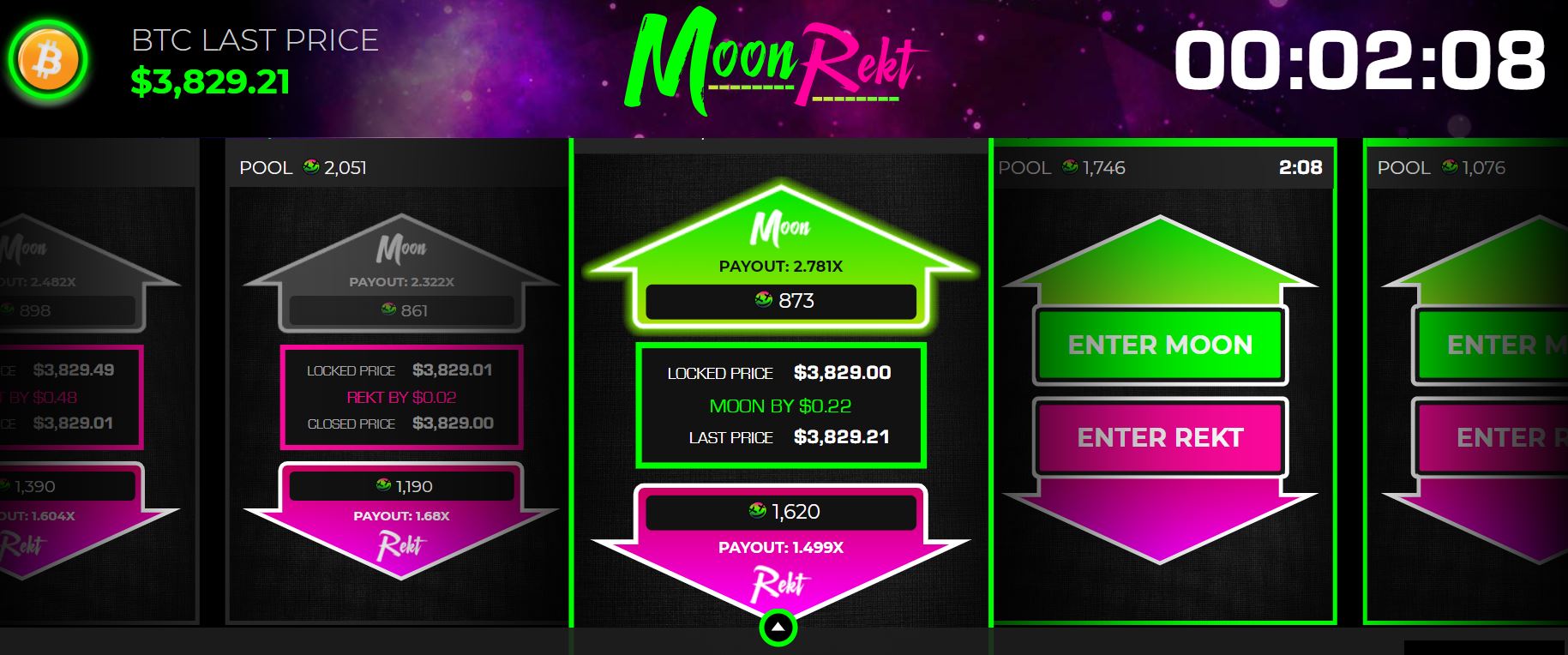The Big Misunderstanding: What MiCA Really Means for Stablecoins in Europe
The Markets in Crypto Assets Regulation (MiCA) is hailed as a pivotal moment in crypto market regulation. However, a significant misunderstanding exists regarding fiat backed stablecoins in Europe and the anticipated changes under MiCA.
Jón Egilsson is a co-founder and the chairman of Monerium. He previously served as vice chair and chairman of the Icelandic Central Bank’s supervisory board from 2013-17.
Contrary to popular belief, MiCA does not introduce entirely new regulations for fiat backed stablecoins. Instead, it confirms that stablecoin issuers must be regulated as electronic money institutions (EMIs).
This confirmation highlights a crucial yet misunderstood fact: many stablecoins currently offered in Europe are illegal because they are not authorized and regulated as electronic money (e-money) under European Union law established over two decades ago.
As outlined in the electronic money directive (EMD), in Europe fiat stablecoins that represents a claim on the issuer already fall under the definition of e-money. First introduced in 2000, e-money is a “technically neutral” digital alternative to cash which is in wide use, including in pre-paid cards and mobile wallets.
MiCA confirms that issuers of fiat stablecoins must comply with the existing EMD. Starting from July 2024, they must also comply with additional requirements spelled out in MiCA. MiCA unambiguously confirms the current law which states only EMIs and credit institutions can legally issue fiat stablecoins in the the multinational European Economic Area trading bloc.
There is a prevailing misunderstanding that unauthorized stablecoins will only become illegal with MiCA. That’s not true, fiat stablecoins which represent a claim on the issuer are already illegal in the EEA unless they are issued by EMIs or credit institutions and fully authorized and regulated under law codifying the EMD.
Failure to obtain the proper license for offering e-money exposes issuers to legal consequences, including fines and potential criminal charges.
Stablecoins offer the promise of enabling secure and efficient transactions and storage of digital cash without the intermediation of traditional financial institutions. The importance of regulatory compliance cannot be overstated. Regulation and supervision serves as a critical bulwark for consumer protection including protecting consumers from fraudulent business practices and bankruptcy.
Regulation and supervision also help mitigate financial instability, discourage money laundering, combat the financing of terrorism and uphold the reliability and soundness of digital fiat money in our fiat money system.
Currently, three European companies — Monerium, Membrane and Quantoz Payments — are issuing on-chain fiat stablecoins under the electronic money directive, following a regulation-first approach. Other issuers, including Circle, are in the process of applying for an EMI license that would bring them into compliance.
In contrast, certain other stablecoin issuers have chosen to disregard current EU regulations for on-chain fiat stablecoin issuance and offer their products within Europe without the appropriate authorization. Operating within the region without the necessary e-money license for on-chain fiat issuance is a clear violation of the law. Their approach seems to be “to move fast and break things.” While this strategy can prove successful in capturing market share, it shows a blatant disregard for European regulations and law.
The question is whether uncompliant stablecoin issuers will be held accountable. That depends on European regulators, at the local and European level, including the European Banking Authority. If issuers are later able to obtain e-money licenses for issuing on-chain fiat stablecoins, while currently operating illegally it raises questions about the effectiveness of EU regulatory oversight and enforcement.
The lax European enforcement of existing rules underscores the need for institutional reforms to ensure compliance — even for U.S.-based companies that have publicly expressed intent to invest in EU countries where they are currently applying for authorization.
Europe suffers from a worrisome lack of regulatory enforcement. Unregulated fiat stablecoins are listed on European exchanges. So are U.S. issued stablecoins which operate under much laxer rules than the European ones. The lack of enforcement raises serious questions about European authorities’ ability to protect the European inner markets both now and in the future, placing compliant European companies at a disadvantage and European consumers at risk. The apparent reward for U.S. issuers employing a “break things first, fix later” approach would create an unfair competition dynamic, placing European companies at a disadvantage for adhering to the rule of law.









